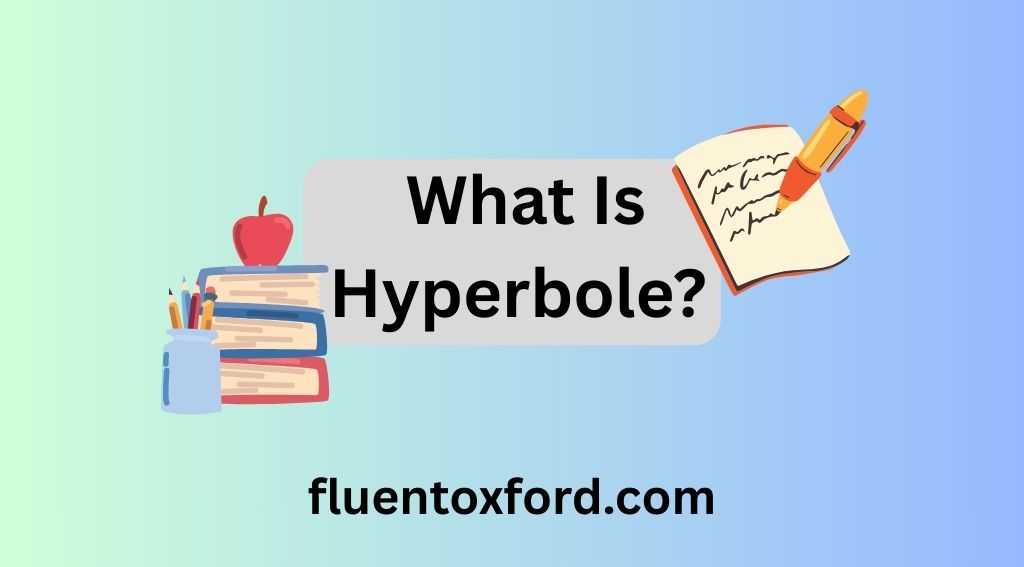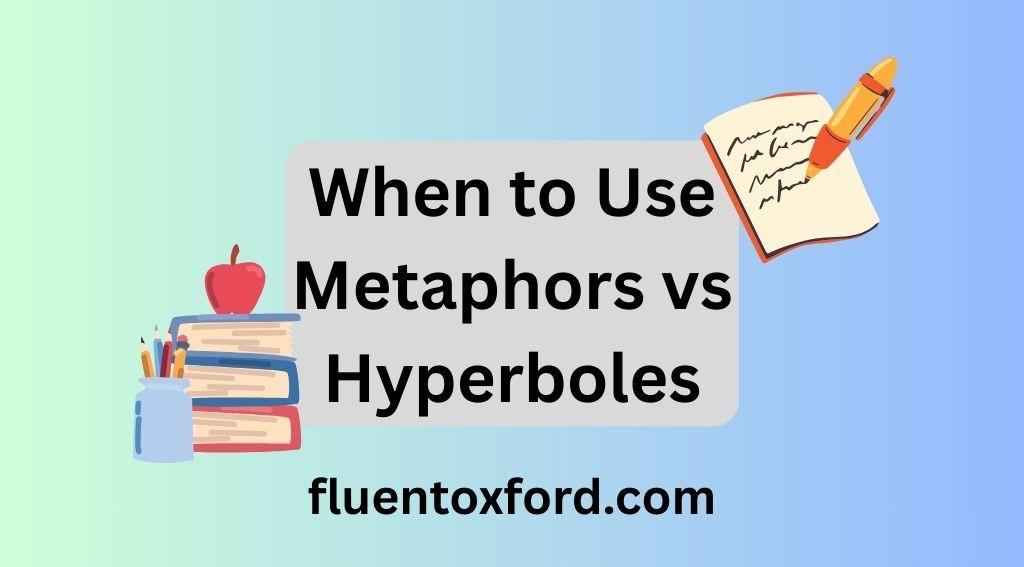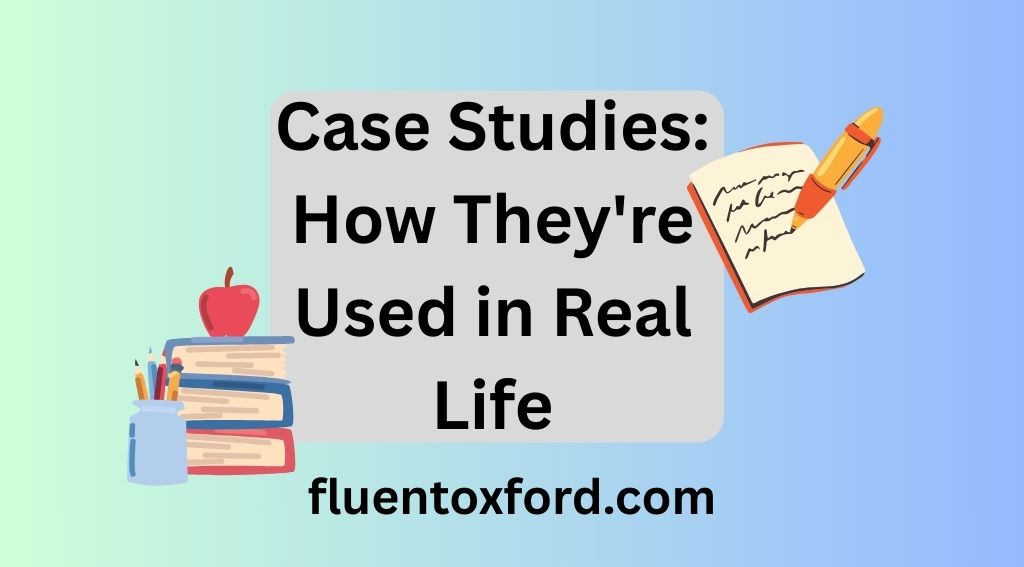Metaphor vs Hyperbole: Explained with Examples refers to a comparison and clarification of two powerful figures of speech commonly used in both literature and everyday language. A metaphor draws a direct comparison between unrelated subjects by stating one thing is another, often adding depth and vivid imagery to expression. In contrast, hyperbole involves deliberate exaggeration for emphasis or dramatic effect, helping to create a strong emotional response. Both are essential tools in communication, each serving unique rhetorical purposes that shape tone, imagery, and intent.
Language thrives on creativity, and that’s exactly what these figures of speech offer. The ability to paint ideas with bold exaggerations or to reveal deeper truths through symbolic comparison makes speech and writing far more engaging. When used effectively, metaphors and hyperboles transform ordinary thoughts into unforgettable impressions, breathing life into communication across genres and platforms.
Understanding Metaphor vs. Hyperbole: Explained with Examples allows readers and writers to identify and use these tools with greater precision. From poetic verses to marketing slogans, these expressions enhance persuasion and storytelling. Exploring metaphor vs. hyperbole: Explained with examples not only improves comprehension but also deepens appreciation for the nuance and artistry of language.
What Is a Metaphor?
A metaphor is a figure of speech that makes a direct comparison between two unrelated things by stating one thing is another. It doesn’t use “like” or “as”—that would be a simile. Instead, a metaphor says, “This is that,” even when logically, it isn’t.
“Life is a journey”—This” doesn’t mean life has a map or a road, but that life progresses like a journey, full of turns, detours, and destinations.
This simple phrase illustrates how metaphors work: they suggest rather than state. They’re compact, visual, and often deeply emotional.
Why Metaphors Matter
- They simplify complex ideas
- They create strong imagery
- They express emotion and tone clearly
- They make abstract ideas relatable
- Metaphors reveal hidden meanings.
Metaphors are one of those secret tools great writers, marketers, and speakers use to connect with their audience. They translate the intangible into the tangible.
Examples of Metaphors
To really get the idea, here are some strong examples of metaphors used in daily life, literature, and business:
| Metaphor | Meaning |
| Time is money | Time is valuable; don’t waste it |
| Her voice was music to his ears | Her voice sounded beautiful and soothing |
| The classroom was a zoo | The classroom was loud and chaotic |
| He’s a night owl | He stays up late; he’s active during the night |
| Their ideas are fire | Their ideas are exciting, innovative |
| Love is a battlefield | Love involves struggle, pain, and persistence |
Important point: None of these are literally true. That’s the beauty. The metaphor works by making you feel the comparison, not analyze it logically.
Types of Metaphors (Different Ways to Use Them)
Metaphors come in several forms:
- Implied Metaphor—The comparison is hinted at, not directly stated.
“He barked out orders” suggests he’s like a dog but never says it outright. - Extended Metaphor—A longer passage or entire piece that runs with the metaphor.
Shakespeare’s “All the world’s a stage” goes on to describe people as actors, life as a play, and so on. - Dead Metaphor—So common they’ve lost their impact.
“Foot of the bed” or “time is running out.”
What Is Hyperbole?

Hyperbole is an exaggeration used for emphasis or humor. It’s not meant to be taken literally, but it packs a punch in the moment. Hyperbole is a figure of speech that uses extreme exaggeration to emphasize a point or evoke emotion.
“I’ve told you a million times!” – Clearly, not a literal million, but a lot.
Hyperbole pushes things to the extreme. It turns up the emotional dial. In writing or speech, it draws attention, creates vivid imagery, and often adds humor.
Why Hyperboles Matter
- Hyperboles make writing powerful.
- They create strong emotions.
- Readers feel more connected.
- Exaggeration grabs quick attention.
- Hyperboles boost creative thinking.
Examples of Hyperboles
Here are popular examples of hyperboles that you’ve probably heard or even used:
| Hyperbole | Meaning |
| I’m so hungry I could eat a horse | I’m extremely hungry |
| This bag weighs a ton | The bag is very heavy |
| I waited forever | I waited a long time |
| He runs faster than the wind | He runs very fast |
| Her smile lit up the room | Her smile was very bright and cheerful |
| I cried an ocean | I cried a lot |
They make language fun, don’t they? That’s the point—they’re emotional shortcuts, painting exaggerated pictures to stir reaction.
Metaphor vs Hyperbole: Key Differences
A metaphor compares two unlike things to add meaning or insight, while hyperbole exaggerates for emphasis or dramatic effect. Metaphors reveal hidden truths subtly; hyperboles grab attention loudly. Both enrich language but serve different expressive goals. Both metaphors and hyperboles are figures of speech, but they’re not the same. Let’s break it down:
Comparison Table: Metaphor vs Hyperbole
| Feature | Metaphor | Hyperbole |
| Definition | A direct, symbolic comparison | An extreme, intentional exaggeration |
| Literal Meaning | Non-literal but believable | Non-literal and obviously unrealistic |
| Purpose | To create symbolic meaning or imagery | To emphasize emotion, drama, or humor |
| Common Usage | Poetry, essays, branding, literature | Comedy, ads, casual speech, rants |
| Emotional Tone | Subtle, reflective, artistic | Loud, dramatic, playful |
When to Use Metaphors vs Hyperboles

Use Metaphors When:
- You want to be poetic or insightful
- You’re explaining an abstract idea
- You want subtlety or deeper meaning
- You’re writing creatively or persuasively
Use Hyperboles When:
- You’re trying to be funny or dramatic
- You want to exaggerate for emotional effect
- You’re writing dialogue or casual content
- You’re making headlines or social posts pop
Quick Tip Table
| Intent | Best Choice |
| Add depth and insight | Metaphor |
| Create humor or shock | Hyperbole |
| Compare two things poetically | Metaphor |
| Stress urgency or scale | Hyperbole |
Common Mistakes to Avoid
Mixing up metaphor and hyperbole can weaken your writing. Here’s how to stay sharp:
- Don’t confuse similes for metaphors
Similes use “like” or “as.”
Simile: Her hair is like gold.
Metaphor: Her hair is gold. - Don’t stretch hyperbole until it’s ridiculous
Overuse dulls the impact. Saying “I’m dying of boredom” in every sentence makes it lose power. - Don’t stack metaphors
Mixing metaphors (e.g., “We’ll burn that bridge when we get to it”) confuses readers.
Practice: Is It a Metaphor or a Hyperbole?
Try your hand—guess which is which:
- “My backpack weighs a thousand pounds.”
- “She’s a shining star.”
- “I’m drowning in paperwork.”
- “That test was murder.”
- “This ice cream is heaven.”
Answers:
- Hyperbole
- Metaphor
- Metaphor
- Hyperbole (could be both depending on tone)
- Metaphor
Case Studies: How They’re Used in Real Life

Marketing & Advertising
- Metaphor: “Red Bull gives you wings”—No” wings appear, but it implies energy and freedom.
- Hyperbole: “The best burger in the world”—a” bold claim to catch your attention.
Literature
- Metaphor: “Hope is the thing with feathers.” – Emily Dickinson
- Hyperbole: “I’ll love you till the seas go” dry”—exaggeration to express deep love
Pop Culture
- Metaphor: In movies like The Matrix, reality is a metaphor for illusion.
- Hyperbole: Stand-up comedy routines often exaggerate family stories or mishaps for laughs.
Quotes That Use Metaphors and Hyperboles
- “All the world’s a stage.” – Shakespeare (Metaphor)
- “I’m so tired I could sleep for a year.” – Common phrase (Hyperbole)
- “You are the sunshine of my life.” – Stevie Wonder (Metaphor)
- “He’s older than the hills.” – Common idiom (Hyperbole)
- “Time is a silent thief, slipping through our fingers with every heartbeat.”
— Jasper Vane (Metaphor) - “He ran faster than lightning just to catch a glimpse of her smile.”— Aria Flint (Hyperbole)
- “He wore anger like armor, shielding himself from sorrow’s sharp edge.”
— Corinne Hale (Metaphor) - “This homework will take an eternity and a half to finish!“— Dax Hollow (Hyperbole)
Conclusion
In the topic Metaphor vs Hyperbole: Explained with Examples, we learn how both figures of speech make language more powerful. A metaphor helps us understand ideas by showing hidden connections. Hyperbole adds drama and emotion through strong exaggeration. Both are useful in writing, speaking, and storytelling.
Knowing the difference between metaphor and hyperbole, explained with examples, helps us become better at expressing thoughts. These tools make our words more colorful and interesting. Whether you are a student, writer, or speaker, using them well can leave a strong impact.
FAQs
Q1: What is the main difference between a metaphor and a hyperbole?
A: A metaphor makes a symbolic comparison, while a hyperbole uses exaggerated statements for emphasis or humor.
Q2: Are metaphors and hyperboles still used in modern writing?
A: Yes, both are widely used today in digital content, ads, song lyrics, social media, and storytelling to engage audiences.
Q3: Can a phrase be both a metaphor and a hyperbole?
A: Occasionally, yes—if it compares symbolically and exaggerates (e.g., “Her temper is a volcano”).
Q4: Which language device is more effective for persuasive writing?
A: Metaphors often work better in persuasion, especially in speeches and branding, because they convey ideas more subtly.
Q5: Is teaching figurative language part of current educational standards in the U.S.?
A: Yes, the Common Core Standards require students to understand and use figurative language, including metaphors and hyperboles, by grades 5–8.

As an admin at Fluent Oxford, Maida Queen is the driving force behind our vibrant learning community. With a deep passion for English language education, she ensures that our platform remains a dynamic, engaging, and supportive space for learners worldwide.
Maida expertly manages content, assists users with their grammar and fluency queries, and fosters an interactive environment where learning feels effortless and enjoyable. Whether you need guidance, motivation, or just a friendly face in the Fluent Oxford community, Maida is always there to help you reach your English language goals.








